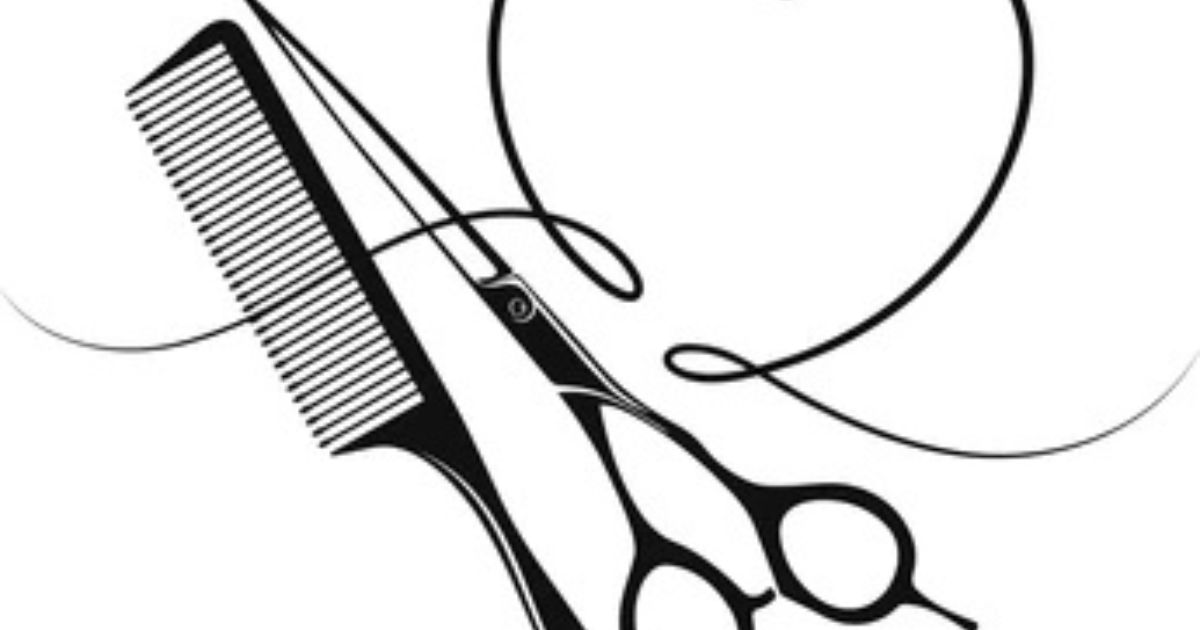A comb is a grooming tool used to untangle, style, and maintain hair. Typically made from plastic, metal, or wood, combs come with a series of teeth set in a flat base, designed to glide through strands and promote hair health. They’ve been around for thousands of years, proving their enduring importance in daily self-care.
Types of Combs and Their Uses
There are many kinds of combs, each crafted for a specific hair need. Fine-tooth combs are great for sleek styling and straight hair, while wide-tooth combs are best for curly or thick hair as they reduce breakage. Tail combs, with their pointed handle, help with sectioning hair, and detangling combs tackle knots without damage.
Benefits of Using a Comb Regularly
Combing does more than keep hair neat—it stimulates the scalp, promotes natural oil distribution, and helps prevent tangles that can lead to breakage. Daily combing can also improve blood circulation in the scalp, potentially enhancing hair growth over time.
Comb vs. Brush: What’s the Difference?
While both tools serve haircare purposes, they’re used differently. Combs are more precise and gentler on wet hair, while brushes cover larger areas and are great for smoothing and styling. The right choice depends on your hair type and the desired result.
The Best Comb for Your Hair Type
Curly hair needs wide-tooth combs to detangle without frizz. Fine hair benefits from fine-tooth combs for control and smoothness. Thick hair works well with sturdy, wide-set teeth, while damaged or wet hair is best handled with flexible detangling combs.
Wooden Combs vs. Plastic Combs
Wooden combs are eco-friendly and gentle on the scalp. They reduce static and are ideal for people with sensitive skin. Plastic combs, on the other hand, are widely available and affordable but may cause static and sometimes snag on strands if not smooth.
How to Properly Use a Comb
Start from the tips and gently work your way up to the roots. This method prevents tugging and reduces hair fall. Use short strokes and never force a comb through knots—take your time, especially with curly or wet hair.
Cleaning and Caring for Your Comb
Combs can accumulate product buildup, oil, and dirt. Clean your comb regularly by soaking it in warm soapy water and gently scrubbing with an old toothbrush. Dry it thoroughly to prevent mold or residue.
Combs in Hair Styling
Combs are essential tools in hairstyling—from creating parts to teasing for volume. Tail combs are popular for precision styling, while cutting combs are used in salons for trimming and layering. A good comb helps achieve a polished, professional look.
Combs and Hair Growth Myths
There’s a common belief that frequent combing can boost hair growth. While combing stimulates blood flow, it’s not a miracle cure for hair loss. Healthy hair growth depends on a balanced diet, scalp care, and genetics.
Avoiding Damage When Combing Hair
Avoid combing hair aggressively, especially when wet. Wet strands are more prone to breakage, so always use a wide-tooth comb. Stay away from combs with sharp or broken teeth, as these can tear hair or irritate the scalp.
Choosing Combs for Kids
For children, gentle combs with rounded teeth are best. They reduce the risk of scratching the scalp and make detangling less painful. Many kid-friendly combs come with soft grips and colorful designs to make grooming fun.
Combs and Beard Grooming
Men use combs not just for hair but for beard maintenance too. Beard combs are usually smaller and help with styling and detangling facial hair. Using a comb daily helps train beard growth direction and distribute oils evenly.
Eco-Friendly Comb Options
As sustainability becomes a priority, many turn to biodegradable combs made from bamboo or recycled materials. These combs work just as well while reducing plastic waste—a smart choice for eco-conscious consumers.
Travel-Friendly Comb Choices
Compact folding combs or pocket combs are perfect for travel or keeping in your bag. They’re discreet, lightweight, and easy to use on the go—helping you stay polished wherever life takes you.
Conclusion
The humble comb is more than a grooming tool—it’s a daily essential that helps maintain healthy, beautiful hair. Whether you’re styling, detangling, or simply tidying up, the right comb makes all the difference. From material choices to tooth spacing, there’s a perfect comb out there for everyone. So next time you run your comb through your hair, know that you’re not just grooming—you’re caring.
FAQs
can I use a comb on wet hair?
Yes, but use a wide-tooth comb to avoid breakage. Start at the ends and work upward.
How often should I clean my comb?
Ideally once a week, especially if you use styling products. Clean more often if you notice buildup.
Do wooden combs reduce hair fall?
They may help reduce static and tugging, which in turn can reduce hair fall due to breakage.
Are combs better than brushes for curly hair?
Yes, combs—especially wide-tooth ones—are better for detangling curls without disrupting their pattern.
What’s the best comb for beard grooming?
Use a small, fine-tooth or dedicated beard comb to style and maintain your beard evenly.











